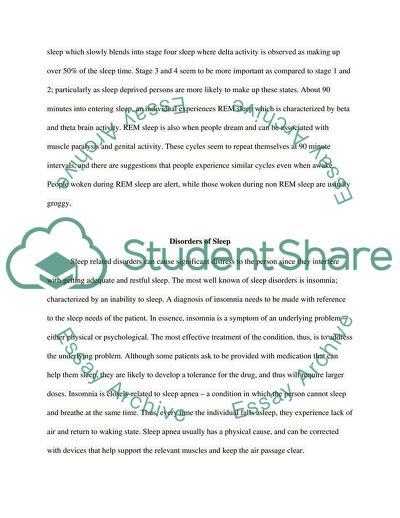Cite this document
(Sleep and Sex: Basic Needs Assignment Example | Topics and Well Written Essays - 2000 words, n.d.)
Sleep and Sex: Basic Needs Assignment Example | Topics and Well Written Essays - 2000 words. https://studentshare.org/psychology/1783309-physiology
Sleep and Sex: Basic Needs Assignment Example | Topics and Well Written Essays - 2000 words. https://studentshare.org/psychology/1783309-physiology
(Sleep and Sex: Basic Needs Assignment Example | Topics and Well Written Essays - 2000 Words)
Sleep and Sex: Basic Needs Assignment Example | Topics and Well Written Essays - 2000 Words. https://studentshare.org/psychology/1783309-physiology.
Sleep and Sex: Basic Needs Assignment Example | Topics and Well Written Essays - 2000 Words. https://studentshare.org/psychology/1783309-physiology.
“Sleep and Sex: Basic Needs Assignment Example | Topics and Well Written Essays - 2000 Words”. https://studentshare.org/psychology/1783309-physiology.


